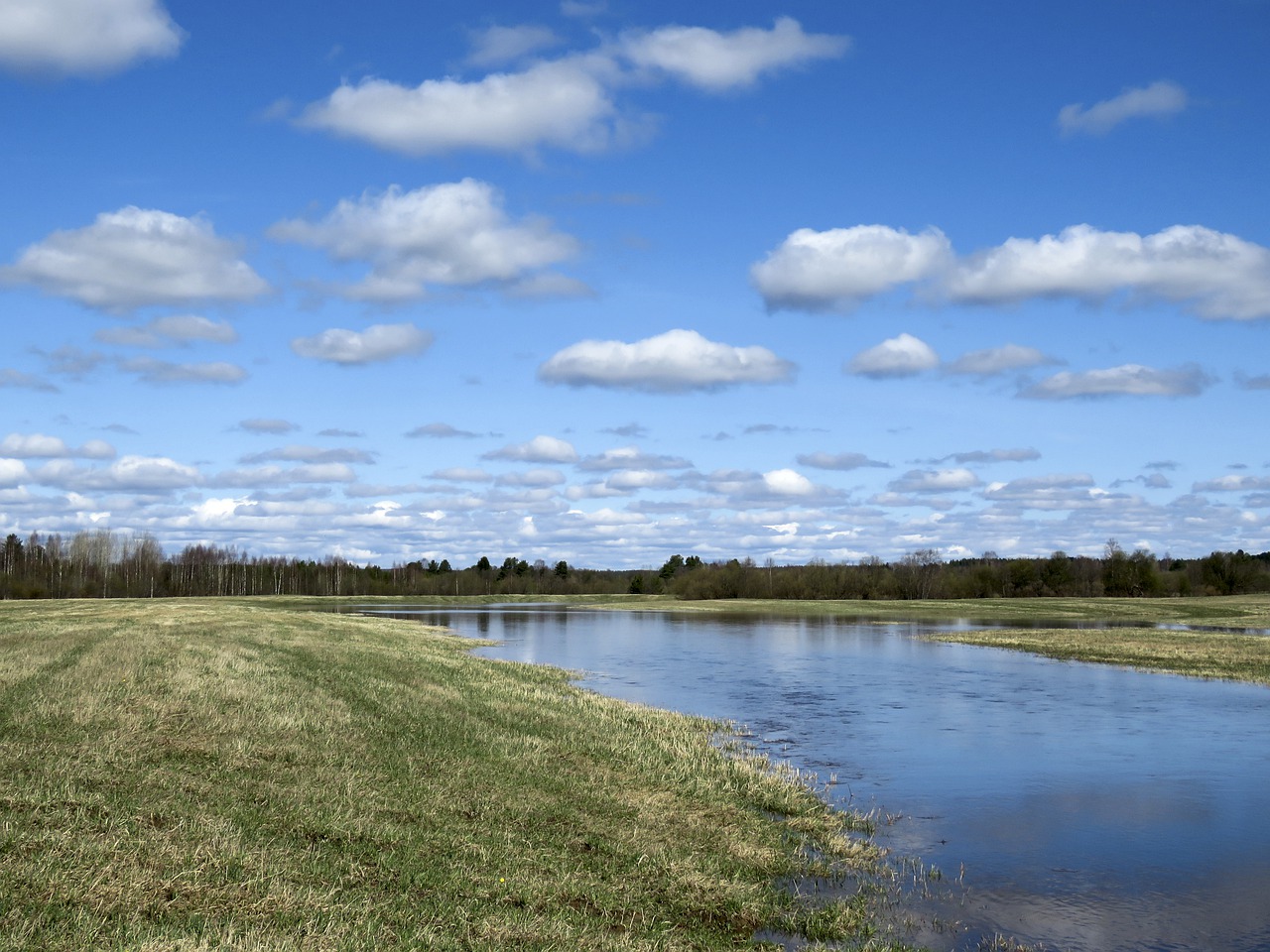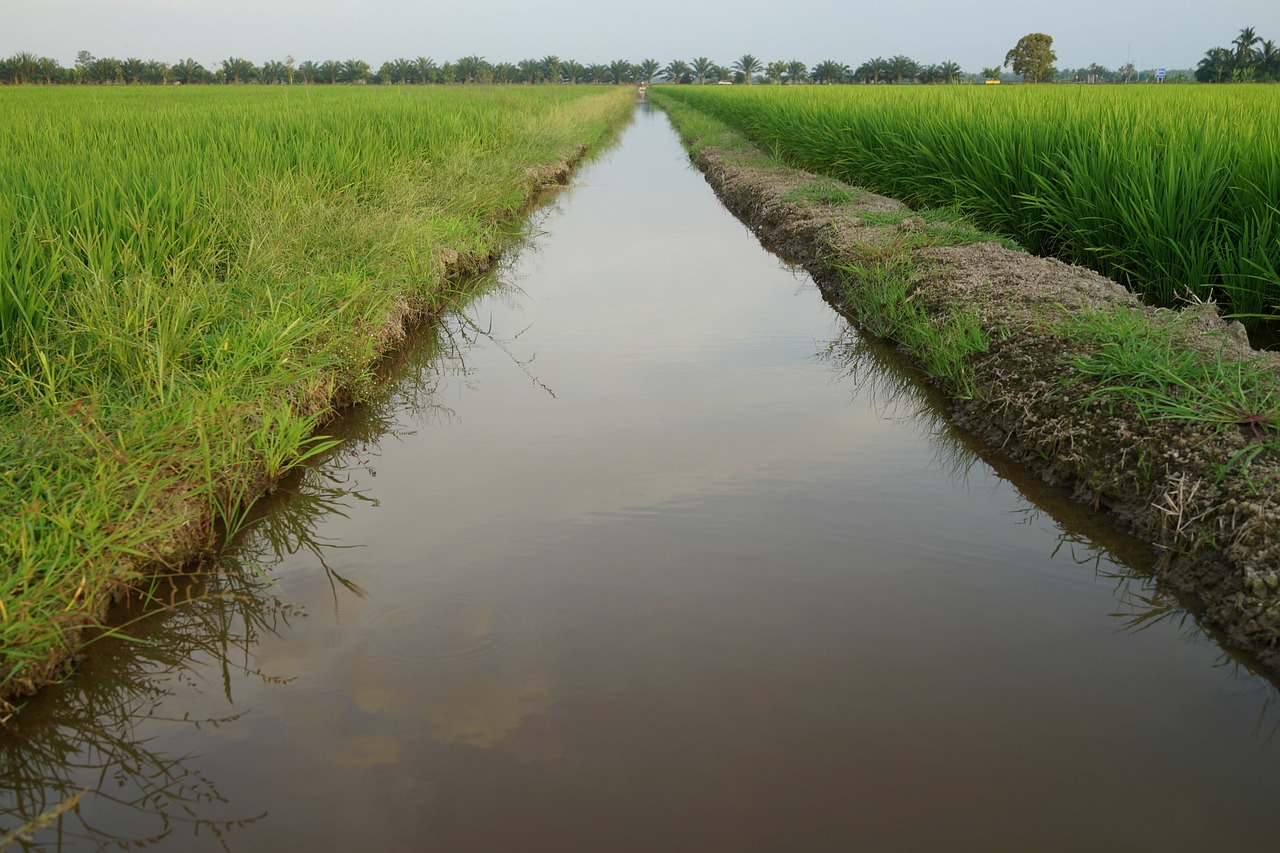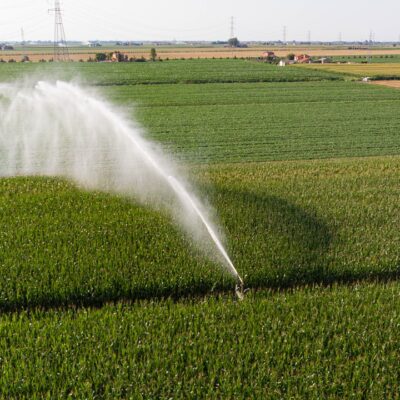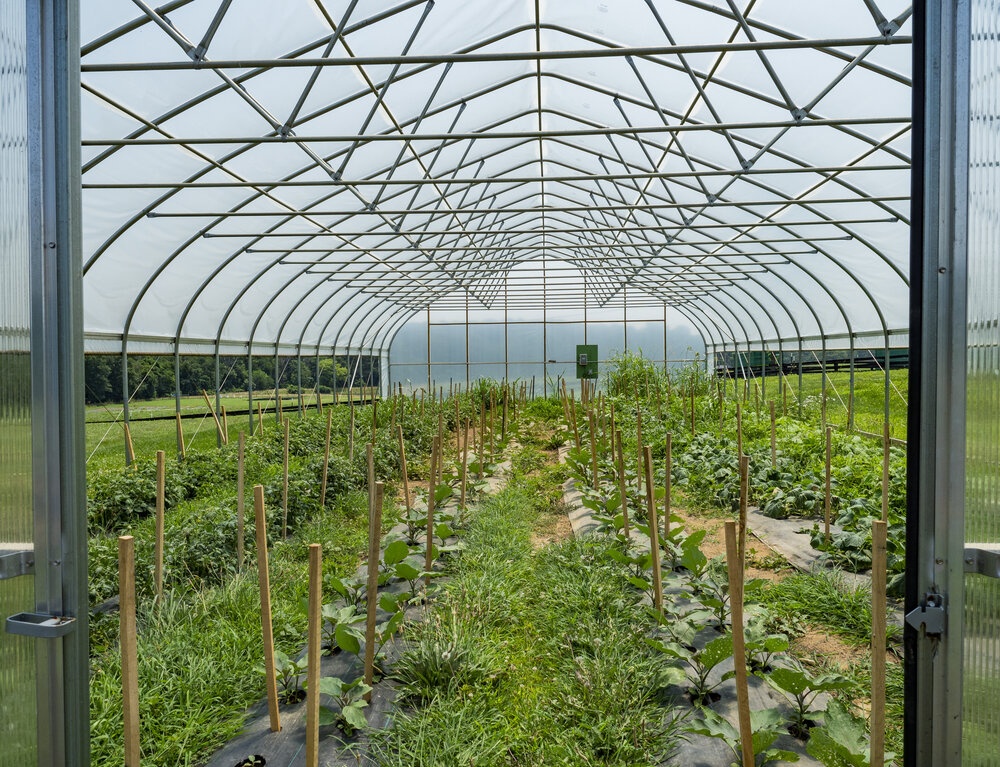An irrigation ditch is a man-made channel that is used to transport water to be used for irrigation.
The History of Irrigation Ditches
Irrigation ditches have been around for centuries. Just a few years ago, in 2014, archaeologists who were working as part of a £1 billion development funded by the University of Cambridge came across what is thought to be a network of specifically constructed ditches which are now believed to be evidence of early Roman irrigation.
This irrigation ditch discovery supports agricultural development since the Neolithic era.
The area under excavation is one that has been used to accommodate settlements since prehistoric times. The discovery is part of an investigation into how local inhabitants adapted to a region that is isolated from river valley water sources.
The archaeological dig uncovered zebra-like stripes of beds planted by the Romans, probably to cultivate asparagus or grapevines. Further investigation led to the discovery of a network of ditches lining the beds. These ditches would have enabled water to be drawn from nearby pit-wells during dry spells to irrigate crops planted in the beds.
The discovery underpins the importance of the agricultural regime that existed there during the Roman occupation. Furthermore, the discovery suggests that communities lived in the region from between 2800 and 2200 BC and in the Bronze, Iron and Roman eras.
Irrigation Ditches are Part of the UK’s Heritage Assets
As agriculture progressed over the centuries, water meadows were cultivated. These were areas of grassland adjacent to streams and rivers created to provide a plentiful supply of rich pasture and hay crops. Irrigation was enabled by a network of precisely constructed ditches designed to provide a shallow stream of water to run across the meadows at certain times. The process was known as drowning” or “floating.”
The management of this process was undertaken by skilled professionals referred to as “drowners,” “meadmen,” or “watermen.”
Initially, this type of irrigation system employed a technique of so-called “floating upwards.” It involved blocking watercourses, letting them overflow and flood adjacent farmlands. Later, in the 18th century, a group of engineers from the Netherlands created a variant of “floating upwards” known as “warping.”
This variant was adopted in the Fenlands in particular, and it worked by impounding seasonal tidal water and diverting it over farmland. It allowed beneficial silt deposits that offered some protection against frost. The only problem was that if the water was slow to drain, it could initiate toxic conditions that damaged the pastures.
Irrigation Ditches to Facilitate Floating Downwards
This led to the development of "floating downwards" systems, enabling more precise management of the on and off flow of irrigation water to the meadows. Two variants of "floating downwards" systems were developed - “catchworks,” and “bedworks.” Each suit different topographical locations.
Come the 1790s, there was approximately 15,000 to 20,000 acres' worth of water meadows fed by irrigation ditches in Wiltshire alone. By the 1850s, water meadows were found all over Southern England, taking up a total area of approximately 100,000 acres.
The Decline of Water Meadows
From the late 19th century, the use of water meadows began to decline. It followed on from the agricultural recession, the cheap imports of foreign grain, and the development of fodder root crops and oil cake, together with hardier strains of grass.
In the period between 1918 and 1940, the majority of the country's water meadows had disappeared as sites were repurposed for other uses. In the 1950s and 60s, the Ministry of Agriculture, Fisheries and Food began offering grants to farmers to level old water meadows to make way for more efficient methods of food production.

Part of the UK’s Heritage
Irrigation ditches are part of our country’s heritage, much of which remains neglected and poorly understood. In Hampshire, once considered the heartland of water meadow country, a recent study undertaken by local councils has revealed that as little as 4% of remaining water meadows can be categorised as being well-preserved.
Irrigation Ditches and Their Role in Helping Wildlife
Today, many arable farms here in the UK still have a network of ditches on their land to help with essential drainage operations that help to facilitate favourable soil conditions. But with the ever-increasing awareness of preserving and nurturing wildlife, with a few minor alterations, these ditches can be used to provide significant benefits for the local fauna and flora.
Irrigation ditches can support wetland plants and aquatic wildlife and insects, including dragonflies, hoverflies, and water beetles. Bigger ditches can also be invaluable for wading birds as well as small mammals and amphibian creatures.
The vegetation of ditch banks can also provide a source of rich wildflower grassland.
In many arable regions, irrigation ditches might be the only aquatic habitats, which means they are essential corridors along which wildlife can travel. Ditches that contain water the year-round can also attract other species of wildlife that periodically dry ditches cannot. The survival of both types of ditches is important, each in its own way.
The Importance of Cleaning Irrigation Ditches on an Appropriate Extended Schedule
It is important not to clear ditches too often. Ditches can be prevented from becoming sterile and can achieve more successful aquatic species recolonisation by being given an extended period between clearance operations.
Wildlife-friendly bank management best practice can help to create a diverse growth of vegetation, encompassing short, open grasslands, to more established and undisturbed environments.
Keeping a 6mm wide buffer strip from the edge of the bank’s top helps to enable permanent vegetation to establish itself that can provide cover for wildlife. It can also help to meet the Local Environmental Risk Assessment for Pesticides (LERAP), thus minimising any risk of water pollution.
The ideal rotation in terms of irrigation ditch vegetation is once every two to five years, bearing in mind what was said above, developing undisturbed habitats for longer periods. It's best to limit the cutting back of vegetation to autumn and winter months, alternating cuts on short stretches to promote a varied growth age span.
Ditches should not be treated as stand-alone features. The surrounding environment needs to be considered too.
So while irrigation ditches are still used by some farmers for the purposes for which they were originally designed, careful wildlife friendly management can provide a safe habitat in which local flora and fauna and indeed, our natural heritage, can be protected, nurtured and preserved.
References:
https://farmwildlife.info/how-to-do-it-5/field-boundaries/ditches/
https://www.nffn.org.uk/fabulous-farmers-nature-friendly-ditching/


